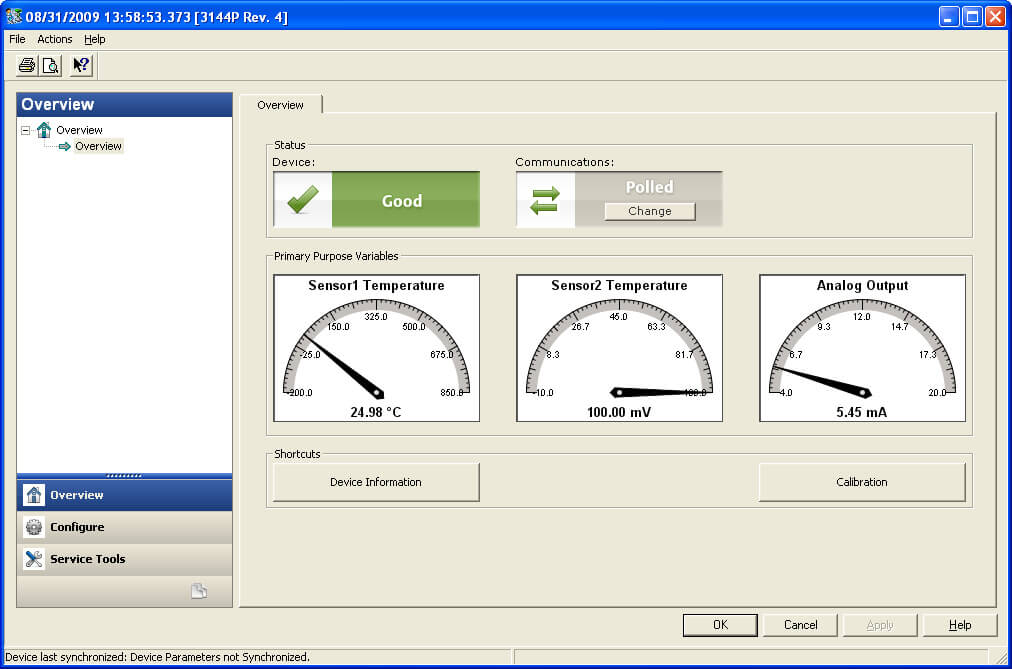I had a sneak peak at an upcoming article on human interface design by Emerson’s Tom Wallace. You may recall Tom from some of our earlier smart device and digital communications protocol posts.
In the article, Tom notes the unrelenting drive to simplify, given the ever-increasing body of knowledge that plant engineers must master. Automation suppliers can help by embracing human centered design principles to remove steps, required training, and complexity in their products. As technology advances, the ability of the products to do more increases. This means that there is more to learn and understand to take advantage of the increased amount of information/capabilities in all parts of the process automation system.
A dashboard is a user interface strategy that allows users to interact with field devices in a simple and consistent way. It is a window into a body of data. Given the sheer number of devices in plants, the dashboard should provide a consistent view and navigation method across different types of devices and present any issues in an intuitive way to help operators and instrument technicians diagnose the problem and take proper remedial action. This dashboard should help operators and technicians determine a device’s operating status and how to properly set it up, calibrate it, troubleshoot it, and maintain and repair it.In a well-functioning design, the work to be performed is guided with feedback so that the person always knows what to do next, and if the prior step was successful. Also, data provided in a graphical view is easier to understand that data presented in tabular fashion. Tom highlights some statistics that by optimizing the user interface through these design principles, users can increase productivity up to eight times, and reduce human error up to 40 times.
One of the guiding principles around human-centered design is to reduce unnecessary information and steps around the task at hand. This makes the technology subservient to its intended user, rather than the user being subservient to the technology.
I’ve only scratched the surface of the great points Tom makes in the article. I’ll post a link to it once it is published and available online which is expected to be in the July timeframe.





